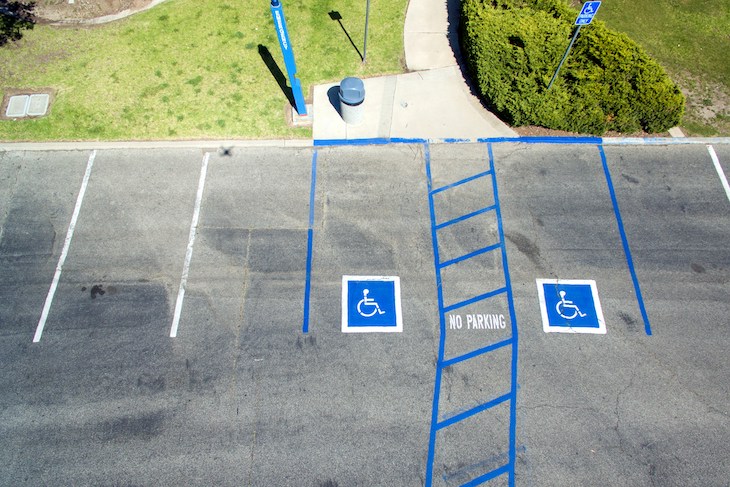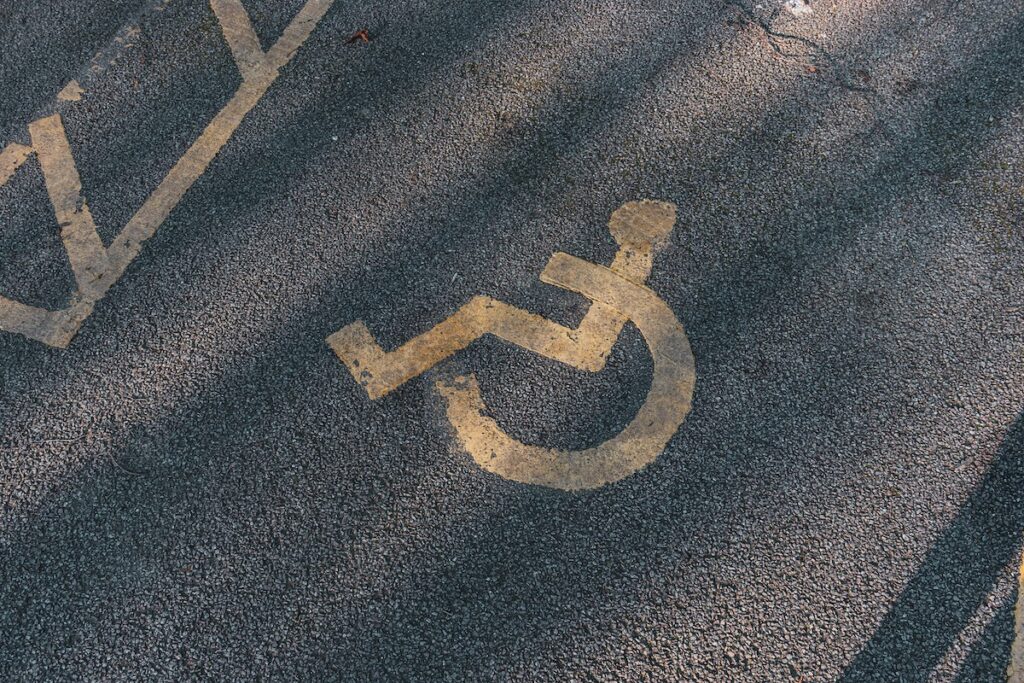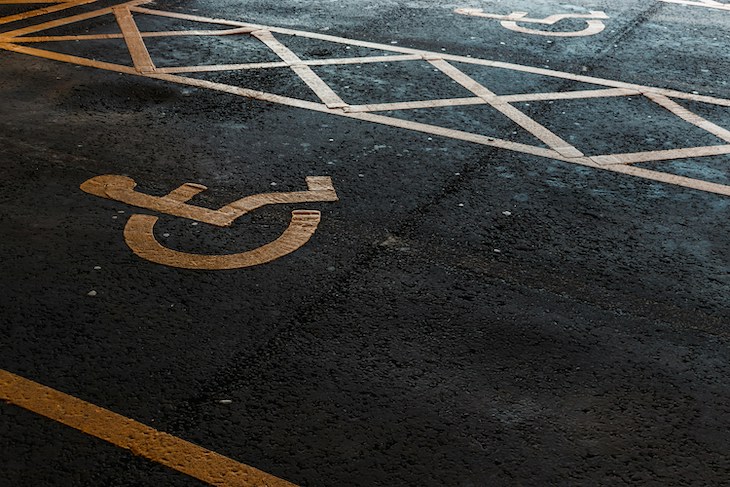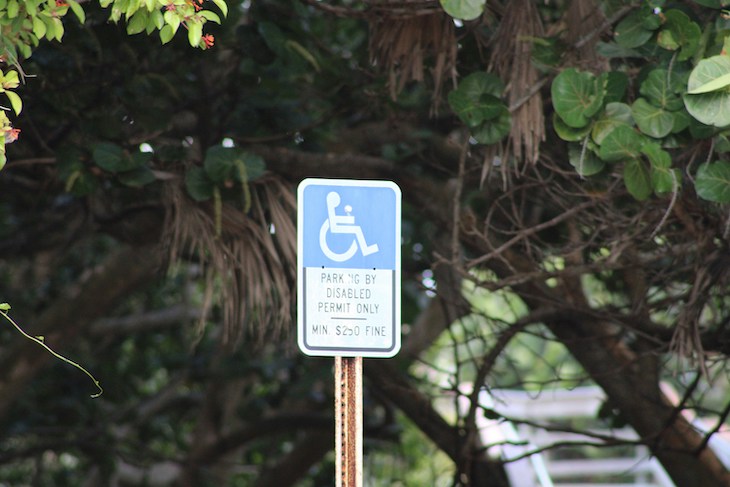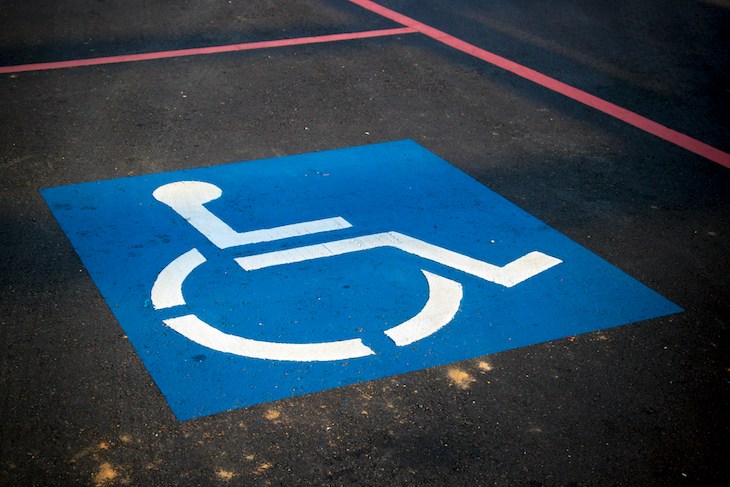Common misconceptions about handicap parking often lead to misunderstandings and misinterpretations of the rules and regulations surrounding accessible parking spaces. Addressing these misconceptions is crucial for fostering awareness and ensuring that individuals with disabilities receive the accommodations they need.
This comprehensive exploration aims to debunk prevalent myths, clarify existing rules, and provide accurate information about handicap parking. By dispelling these misconceptions, we strive to promote a more informed and inclusive understanding of accessible parking, emphasizing the importance of respecting the rights and needs of individuals with diverse abilities.
Handicap parking myths
Handicap parking myths perpetuate misconceptions that undermine the importance of accessible parking spaces. One prevalent myth suggests that handicap parking is exclusively for wheelchair users, neglecting the diverse range of mobility challenges people may face.
Another misconception assumes that only visible disabilities qualify for accessible parking permits, disregarding conditions that may not be immediately apparent. Additionally, the belief that accessible spaces are seldom used fosters the misuse of these crucial spots.
Debunking these myths is crucial to creating a more inclusive and respectful environment. Handicap parking is designed to accommodate various disabilities, including invisible conditions. Misusing these spaces can have severe consequences, limiting access for those who genuinely need it.
By dispelling these myths, we promote a broader understanding of the importance of accessible parking and encourage a more considerate and informed approach. An accurate knowledge of handicap parking is essential for fostering an inclusive society that respects the rights and needs of individuals with diverse abilities.
Misconceptions about disabled parking
Misconceptions about disabled parking contribute to various issues, hindering the proper use of accessible spaces and impacting those with genuine mobility challenges. One prevalent misconception is that only individuals using wheelchairs qualify for handicap parking permits.
In reality, accessible parking is designed to cater to a broad spectrum of disabilities, visible and invisible alike. Another misconception involves the assumption that accessible spaces are rarely utilized, leading to their misuse by those without disabilities.
These misconceptions perpetuate a lack of understanding about the diverse needs of individuals with disabilities. Dispelling these myths is essential to foster a more respectful and considerate approach to accessible parking.
The truth is that accessible parking is a vital resource for many people with varying degrees of mobility limitations. By addressing these misconceptions, we strive to increase awareness, promote accurate information, and encourage a collective effort to ensure that handicap parking is used appropriately, ultimately creating a more inclusive and accessible environment for everyone.

Handicap parking rules clarification
Handicap parking rules clarification is essential to ensure accessible spaces are used appropriately, respecting the rights and needs of individuals with disabilities. One fundamental rule involves understanding that accessible parking is not exclusively for wheelchair users; it caters to many mobility challenges. Another crucial aspect is recognizing that visible disabilities are not a prerequisite for a handicap parking permit; many conditions are not immediately apparent.
It is vital to comprehend that handicap parking is a necessity, not a luxury. Misuse of these spaces, whether intentional or due to misunderstanding, can lead to serious consequences. Clarifying rules includes emphasizing the significance of proper permits, adhering to designated time limits, and understanding that misuse undermines the accessibility rights of those who genuinely need these spaces.
By providing clear and accurate information about handicap parking rules, we empower individuals to navigate these spaces conscientiously. Education plays a pivotal role in fostering a community that respects and supports the diverse needs of people with disabilities. Ultimately, rules clarification is a step towards creating an inclusive environment where accessible parking serves its intended purpose, enhancing accessibility for everyone.
ADA guidelines for accessible parking
ADA guidelines for accessible parking play a fundamental role in ensuring inclusivity for individuals with disabilities. The Americans with Disabilities Act (ADA) establishes specific criteria to create accessible parking spaces that cater to diverse mobility needs. These guidelines cover aspects such as the number of designated accessible spaces, their location in relation to building entrances, and the proper signage requirements.
According to ADA guidelines, accessible parking spaces must be located closest to accessible entrances, ensuring convenient access for individuals with disabilities. The number of accessible spaces is determined by the total parking capacity, with a specified percentage dedicated to accessible parking. Proper signage, including the international symbol of accessibility, is crucial to clearly identify these spaces.
ADA guidelines also mandate appropriate dimensions for accessible parking spaces and adjacent access aisles, facilitating safe and barrier-free maneuvering for wheelchair users and those with mobility aids. Ensuring compliance with ADA standards fosters a more inclusive environment and upholds the rights and dignity of individuals with disabilities. By adhering to these guidelines, communities create a more accessible and equitable society for everyone.
Common misunderstandings in handicap parking
Common misunderstandings in handicap parking often arise from misinformation or lack of awareness, leading to the misuse of accessible spaces. One prevalent misunderstanding is the belief that handicap parking is exclusively for wheelchair users, neglecting the diverse range of disabilities that may require these accommodations. Another misconception is that only visible disabilities qualify for accessible parking permits, overlooking the fact that many conditions are not immediately apparent.
Additionally, there is a misunderstanding that accessible spaces are rarely used, leading to their misuse by individuals without disabilities. It’s crucial to dispel these misconceptions to foster a more inclusive and respectful approach to handicap parking. Education plays a pivotal role in raising awareness about the diverse needs of individuals with disabilities and the importance of adhering to designated parking rules.
By addressing these common misunderstandings, communities can work towards creating an environment where accessible parking spaces are used appropriately, ensuring that individuals with disabilities have equal access to essential facilities. Clarity and education are key to dismantling these misconceptions and promoting a society that values accessibility for all.

Legal aspects of handicap parking
Various regulations govern the legal aspects of handicap parking to ensure equitable access for individuals with disabilities. Central to these regulations is the Americans with Disabilities Act (ADA), which mandates specific requirements for accessible parking spaces. ADA guidelines dictate the number of designated accessible spaces based on total parking capacity, their proximity to building entrances, and proper signage indicating compliance.
Legal considerations also extend to the enforcement of handicap parking rules. Violations, such as unauthorized use of accessible spaces or parking without a proper permit, can result in fines and penalties. Local authorities, including law enforcement and parking enforcement agencies, play a crucial role in upholding these regulations and ensuring the proper use of handicap parking.
Businesses and property owners are legally obligated to comply with ADA guidelines for accessible parking spaces. Failure to do so may lead to legal consequences, including lawsuits and fines. The legal framework surrounding handicap parking is designed to protect the rights of individuals with disabilities and foster a more inclusive society. Upholding these legal aspects is essential for creating an environment where everyone can access public spaces with dignity and ease, regardless of their mobility challenges.
Clearing up handicap parking misconceptions
Clearing up handicap parking misconceptions is vital to promoting understanding and ensuring the equitable use of accessible spaces. Handicap parking enforcement, carried out by local authorities, plays a crucial role in debunking disabled parking myths. One common misconception is the belief that accessible spaces are rarely utilized, leading to their misuse. Strict enforcement helps dispel this myth by addressing violations and promoting awareness of the continuous demand for these spaces.
Another myth involves the notion that handicap parking is only for individuals in wheelchairs, overlooking the diverse range of disabilities that necessitate these accommodations. Through effective enforcement and educational initiatives, authorities can clarify that accessible parking is designed to cater to various mobility needs.
Debunking disabled parking myths requires a collaborative effort involving law enforcement, community outreach, and education campaigns. By emphasizing the importance of adhering to designated rules and debunking misconceptions, communities can create an environment where accessible parking is used appropriately, ensuring that individuals with disabilities have equal access to essential facilities. Clear communication and proactive enforcement contribute to fostering a society that respects and supports the diverse needs of people with disabilities.
Education on ADA-compliant parking
Education on ADA-compliant parking is essential to raise awareness about the specific guidelines and regulations governing accessible spaces. Informative campaigns ensure that individuals understand the importance of adhering to these standards, promoting inclusivity and equal access for people with disabilities in parking facilities.
In debunking the common misconceptions surrounding handicap parking, we hope to have shed light on the realities and regulations governing accessible parking spaces. It is imperative to recognize that accessible parking is not merely a convenience but a necessity for individuals with disabilities. Respecting and adhering to the established rules ensures everyone has equal opportunities to access public spaces.
Moving forward, a collective effort to dispel myths and educate the public is essential for fostering a more inclusive and understanding community. By debunking these misconceptions, we contribute to creating environments where accessible parking is correctly utilized and where the rights and needs of individuals with disabilities are prioritized and respected. Through increased awareness and accurate information, we can pave the way for a more accessible and considerate society for everyone.
Featured Image by Jakub Pabis on Unsplash


